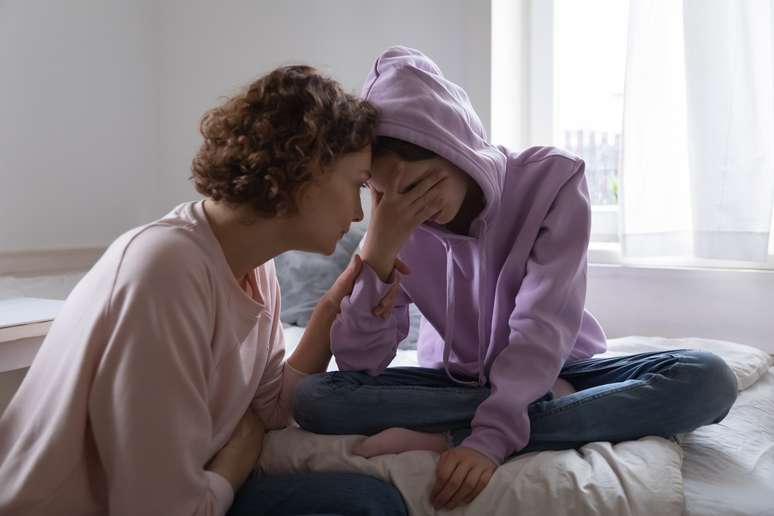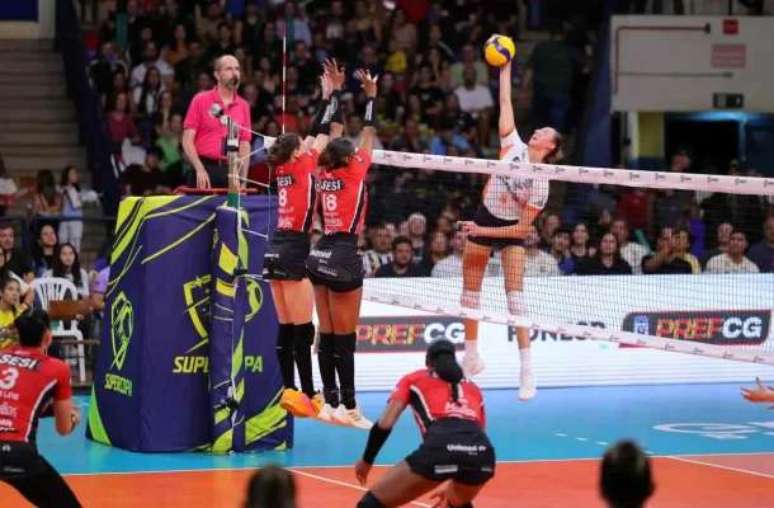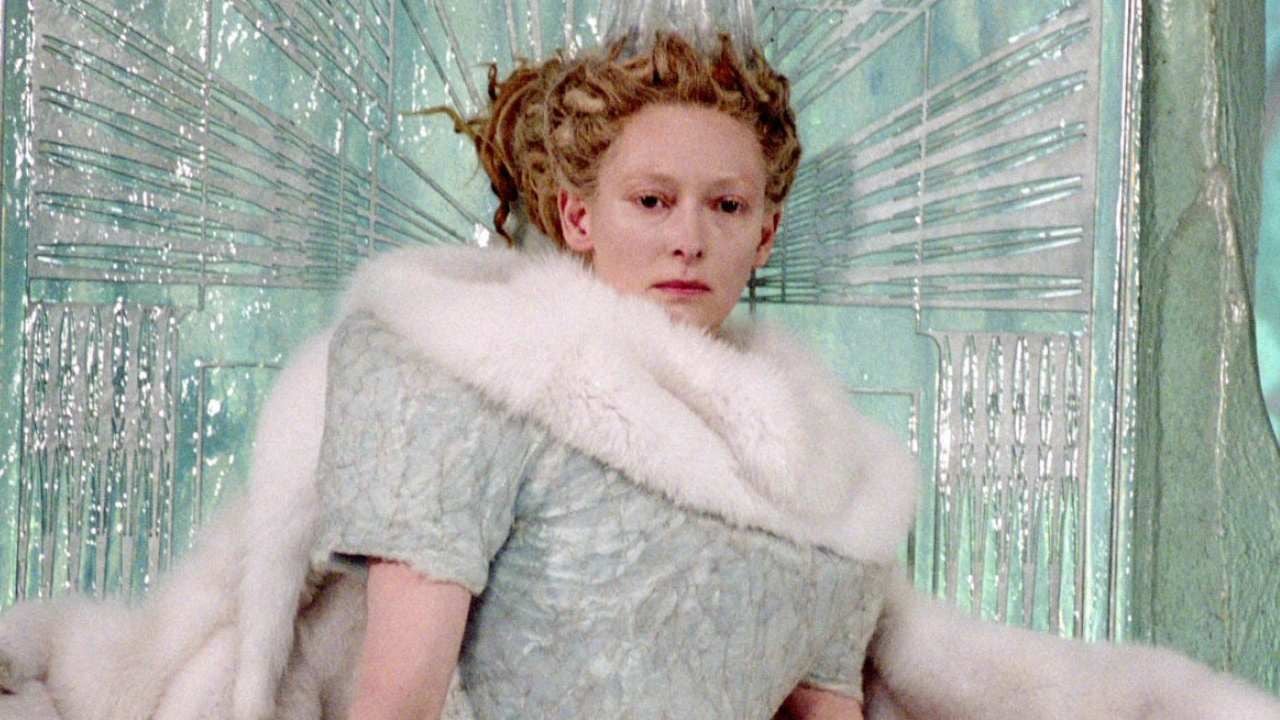Cognitive behavioral therapy (CBT) promotes changes in the brain
Researchers at the US National Institutes of Health (NIH) have found specific characteristics in the brains of children with anxiety disorders who are not taking medications. Furthermore, they demonstrated that treatment with cognitive behavioral therapy (CBT) led to improvements in clinical symptoms and brain functioning.
The findings help clarify the brain mechanisms linked to the effectiveness of CBT in treating one of the most common mental disorders. They were published in American Journal of Psychiatryby researchers at the National Institute of Mental Health, which is part of the NIH.
“We know that CBT is effective. These findings help us understand how CBT works, a critical step toward improving clinical outcomes,” said study author Melissa Brotman, head of the Neurosciences and New Therapies Unit at the NIMH Intramural Research Program.
The work involved 69 untreated children diagnosed with anxiety disorders, who underwent 12 weeks of CBT, following an established protocol. This type of therapy involves changing dysfunctional thoughts and behaviors through gradual exposure to anxiety-provoking stimuli. It is considered the gold standard in treating anxiety in children.
The researchers used specific measures to examine change in children’s anxiety symptoms and clinical functioning before and after treatment. They also used task-based functional magnetic resonance imaging to analyze changes across the brain and compared the results with those of 62 children of the same age without anxiety symptoms.
Anxiety and brain activity
Children with anxiety showed increased activity in many brain regions, including cortical areas in the frontal and parietal lobes, which are important for cognitive and regulatory functions such as attention and emotional regulation. The researchers also observed elevated activity in deeper limbic areas, such as the amygdala, which are essential for generating intense emotions such as anxiety and fear.
After three months of CBT treatment, children with anxiety showed a significant decrease in symptoms and improved functioning. The increase in activation observed before treatment in many frontal and parietal brain regions also improved after CBT, decreasing to levels equal to or lower than those in non-anxious children.
However, eight brain regions, including the right amygdala, continued to show greater activity in anxious children compared to non-anxious children. This persistent pattern of high activation suggests that some brain regions, particularly limbic areas that modulate responses to anxiety-provoking stimuli, may be less responsive to the acute effects of CBT. Changing activity in these regions may require a longer duration of CBT or additional forms of treatment.
According to the team, understanding the brain circuits underlying feelings of intense anxiety and determining which circuits normalize and which do not as anxiety symptoms improve with therapy is critical to advancing treatment and making it more effective for all. children.
Children prone to anxiety
In this study, all children with anxiety received CBT. For comparison purposes, the researchers also measured brain activity in a separate sample of 87 youths at high risk for anxiety based on temperament (they were, for example, highly sensitive to novel situations). Because these children were not diagnosed with an anxiety disorder, they did not receive CBT treatment. The brain images were taken at ages 10 and 13.
In adolescents only at risk for anxiety, greater brain activity was related to an increase in symptoms over time and matched the brain activity seen in children diagnosed with the disease. This provides preliminary evidence that brain changes may offer a reliable neural indicator of anxiety treatment.
Treating in childhood is easier
Anxiety disorders are common in children and can cause significant distress in social and academic situations. They are also chronic, with a strong link in adulthood, when they become more difficult to treat.
Despite the effectiveness of CBT, many children continue to experience symptoms of anxiety after treatment. Improving therapy to treat anxiety more effectively in childhood can have short- and long-term benefits, as well as prevent more serious problems later.
Source: Terra
Ben Stock is a lifestyle journalist and author at Gossipify. He writes about topics such as health, wellness, travel, food and home decor. He provides practical advice and inspiration to improve well-being, keeps readers up to date with latest lifestyle news and trends, known for his engaging writing style, in-depth analysis and unique perspectives.









